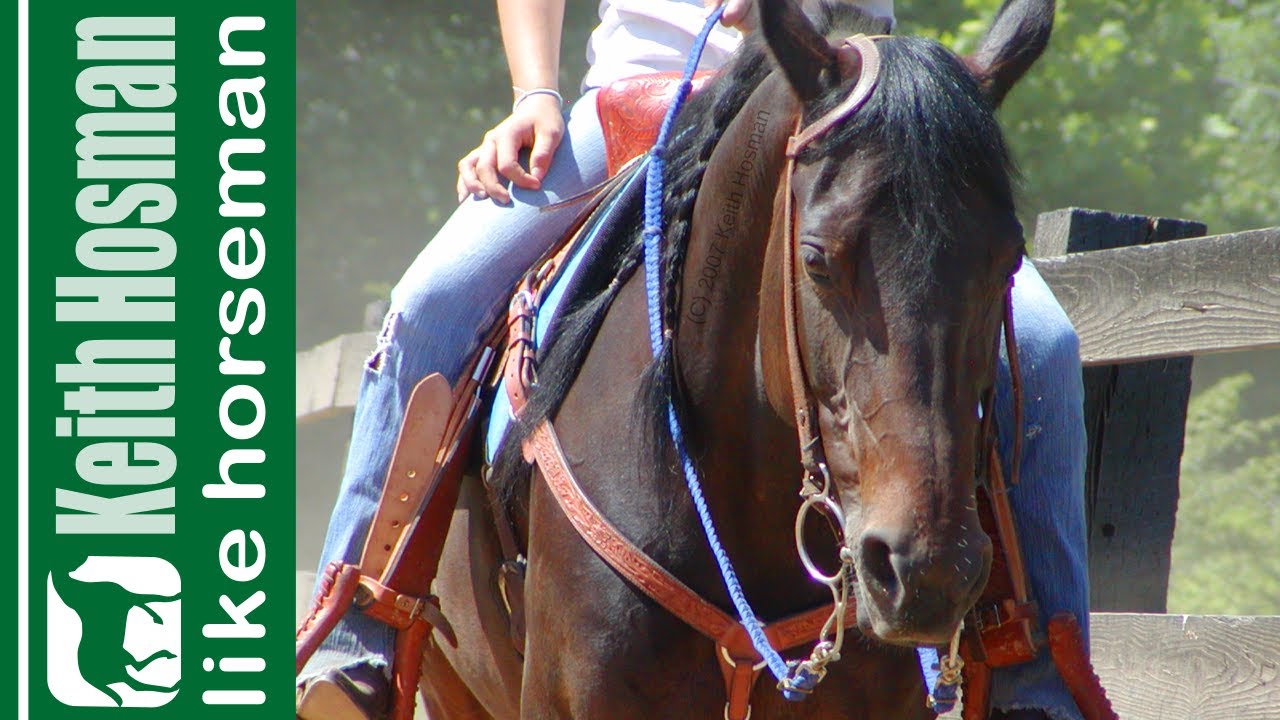VIDEO TRAINING
Warning: Undefined variable $classes in /home4/tvsmvp1/likehorseman.com/wp-content/plugins/perfect-pullquotes/perfect-pullquotes.php on line 66
The best training tip I will ever offer… and you can learn it with this video in 2 minutes.
When you reward your horse by dropping your pressure, you say “Yes, that’s what I wanted, right there!” Given that… the quicker we can release, the fewer things the horse has to consider, the fewer things it thinks might have occurred to provide the release. “Did my rider drop those reins because I turned, because I threw my tail, or because that pear just fell off the tree?” Less time = less things to consider.
Just as you offer telltale signs when you make a move (try taking a sidestep without telegraphing the move by first shifting your weight… impossible!)… just as you telegraph your moves to others standing nearby, the horse does the same thing – and the rider looking for improvement will proactively begin looking for these early clues.
Give Your Horse the Idea in 2 Minutes
Release on the Thought
Here is probably the single greatest training tip I’m ever gonna share with you guys.
What you need to start doing is “releasing on the thought,” releasing your pressure when the horse has the idea. I promise you, this will jettison your training like nothing else you will ever try. All this boils down to is that you need to release the rein, release your pressure on the horse, when you think the horse has got the idea and he’s gonna follow through.
Let’s say I’m the horse and you’re riding me; you’re a monkey on my back, okay? And you pick up the the right rein and you want me to sidestep this direction. You pick up the rein, ok, and you release it when my foot steps down onto the ground. Well that’s a little late. What you need to start doing is asking yourself what happens in the seconds before the horse does something correctly. In this case, if you watch my shoulders right before I take that step, I move this direction a little bit because I’m shifting my weight, ok? So let’s say I’m going to go to the right. I shift my weight to the left. I step to the right.
Now, your horse is going to be the same way. If you ask it to move its shoulders, you’re gonna feel it shift its weight and you’re gonna feel the same telltale signs right before it does it correctly every time. And so what that means is that you could start looking for those early cues that your horse has got the idea and that’s when you want to release. Why? Because if it takes you three more seconds to release, your horse has had three more seconds to think of all kinds of things that might have got it that release, that reward, from your rein pressure. Maybe it thinks you released because the horse right next to it just winnied. Maybe it thinks you released because there was a… there was a car that just honked his horn. There could be a million things that happened in those three seconds. But if you whittle it down to when the horse has the thought, then you’ve got it down to what? Half a second? One second? The horse has far fewer things to think about, to think that might have got him that release.

